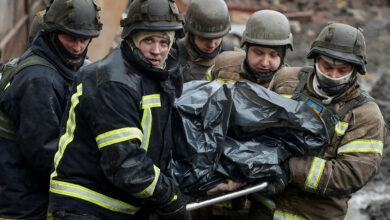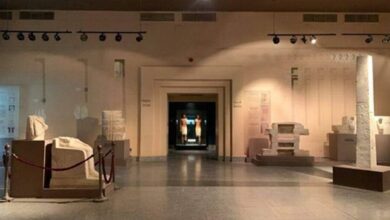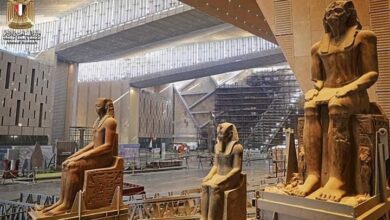A presidential decree in 1996 ordered that the 1952 Revolutionary Command Council headquarters be turned into a museum. Unlike the numerous museums erected in memory of former presidents Gamal Abdel Nasser and Anwar Sadat, the building, which was originally the site of a marina for the boats of Egypt’s last monarch, King Farouk, would focus on the history of the short-lived Revolutionary Command Council (RCC).
After years of stalling, Ashraf Reda, head of the fine arts sector at the Culture Ministry, announced in April that work at the museum would resume. He even proposed devoting a hall to documenting the 25 January revolution.
The RCC was established right after the deposition of King Farouk to rule during the transitional period until an elected government could take over. General Mohamed Naguib was the RCC chairman and Nasser was vice chairman. The council remained in control until 1954, when it removed Naguib from power and chose Nasser as the head of state.
"This historical period was highly controversial, as Nasser seized power and placed Naguib under house arrest when disputes arose among them. Nasser went on to destroy all documents related to Naguib's rule as the first president of Egypt," explains Sherif Younis, a history professor at Helwan University.
"One of the biggest problems facing historians studying the 1952 revolution is that Nasser was continuously rewriting its history and destroying documents that conflicted with his narrative of events. He even erased all records of Naguib's speeches at the Egyptian Radio archive after he came to power," Younis continues.
This is actually one of the main problems the RCC Museum is facing; acquiring important documents and objects for the collection has been extremely difficult, says Reda.
"It has been very hard to find things related to General Naguib,” Reda says. But that is not the only reason behind the museum’s small collection. Others museums honoring Nasser and Sadat have large collections, and many objects were loaned to presidential palaces of Mubarak over the years, adds Reda. In fact, the building’s interior had to be completely redesigned to host the small collection.
One interesting piece in the collection is the microphone Sadat used to deliver the Free Officers’ first speech. The RCC museum will also exhibit original records from the revolutionary courts set up in 1953 to try feudal lords and members of the royal family.
Asked how the museum is planning to tackle the controversial nature of this period, Reda says, "The controversy doesn’t matter. We don't have to stress these issues; the narration will only deal with the main points of the story."
A preliminary narrative for the museum was put together years ago, focusing on Naguib, Nasser and Sadat, and highlighting important decisions made by the RCC, such as the Land Reform Law and the cancellation of political parties. But the museum seems to ignore the building's history.
"The complete overlook of the royal history of the building is a proof of the continuous falsification of modern Egyptian history,” says Younis.
So far, renovating the RCC headquarters has cost LE20 million, yet much work remains and budgeting seems problematic.
"The Finance Ministry allocates LE10 million each year for the RCC museum, so the museum will not be opened for another six years,” says Reda.




